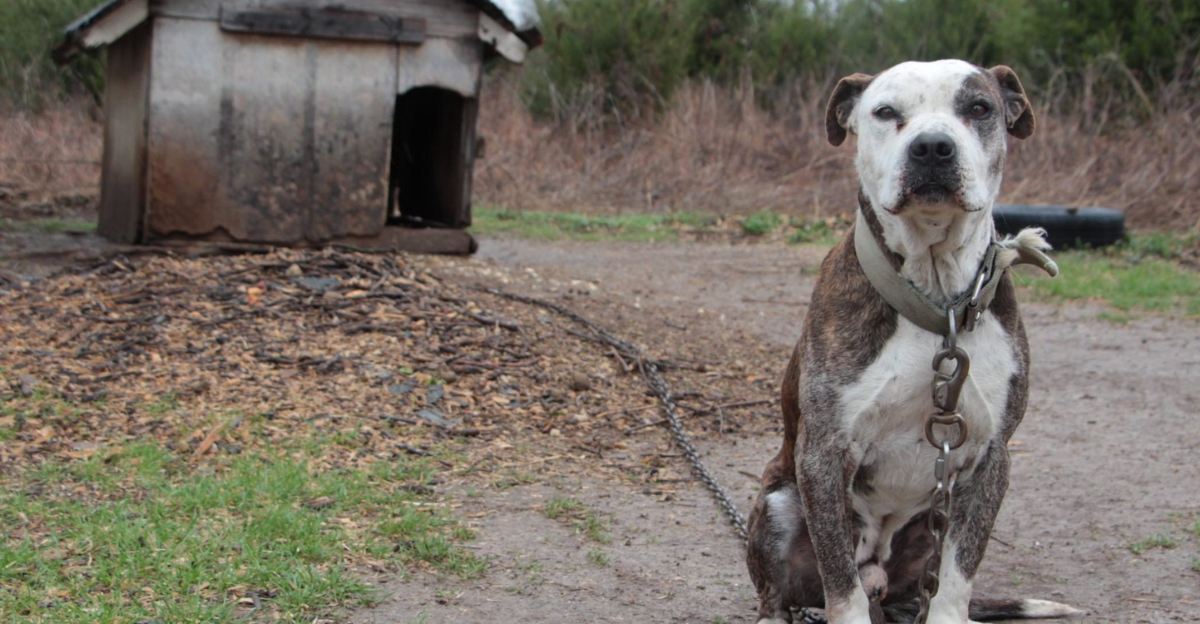
For dogs used to the outdoors, adjusting to indoor life can be a dramatic shift requiring careful preparation.
Studies show nearly 30% of outdoor dogs face dangerous heat exposure, while indoor dogs remain largely protected. Outdoor dogs also risk poisoning, theft, and wildlife attacks. But with the right approach, these dogs can thrive as indoor pets.
The shift not only increases their safety and comfort but also strengthens your bond through daily closeness. The following nine expert-backed steps will help you transition your outdoor dog smoothly into your home—setting the stage for a calmer, safer, and more connected life together.
1. Know Their Background: Why They Lived Outside Matters
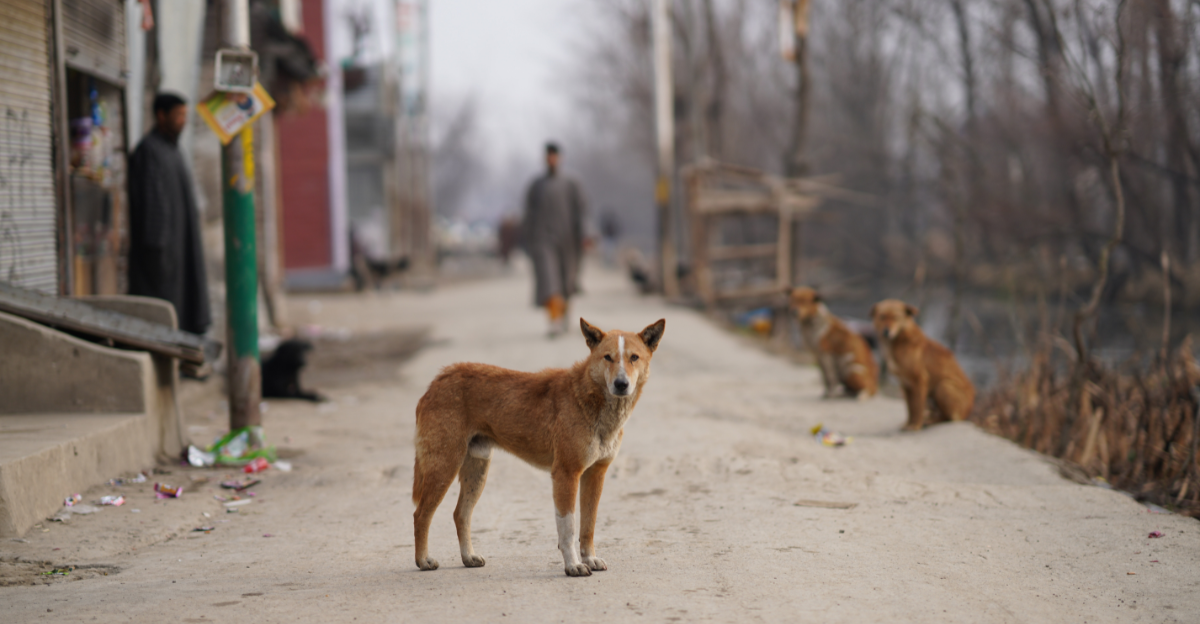
Your dog’s past can influence how easily they adapt to living indoors. Some were kept outside due to allergies or lack of training, while others worked outdoors, like sled dogs. Older dogs often adjust slower than puppies but have longer attention spans for training. Understanding whether your dog was well-socialized or isolated during their early “fear period” (6 to 16 weeks) is crucial.
Dogs exposed to diverse experiences early tend to transition more easily. Assessing your dog’s history helps set realistic goals and create the right support system for their needs during this important lifestyle change.
2. Set Up a Safe Indoor Zone to Start With
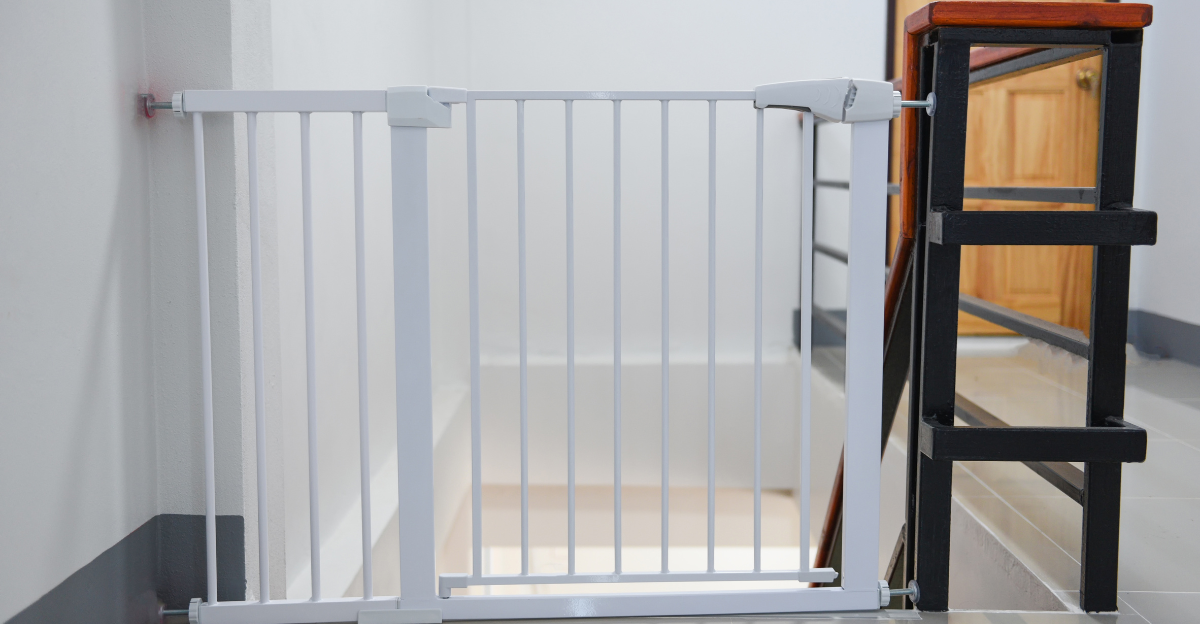
Designate a secure, enclosed indoor space for your dog as they learn the rules of home life. Use baby gates, exercise pens, or closed doors to block off areas with valuable or dangerous items. Add comforting elements like a proper bed, toys, and familiar items from outside. Consider pee pads during the early stages of house training.
This “safe zone” provides a stress-free place for your dog to retreat when overwhelmed. It also reduces the risk of destructive behavior as your dog adjusts. Building a positive, predictable space is a foundational step in successful indoor integration.
3. Take It Slow: Short, Positive Indoor Sessions Work Best
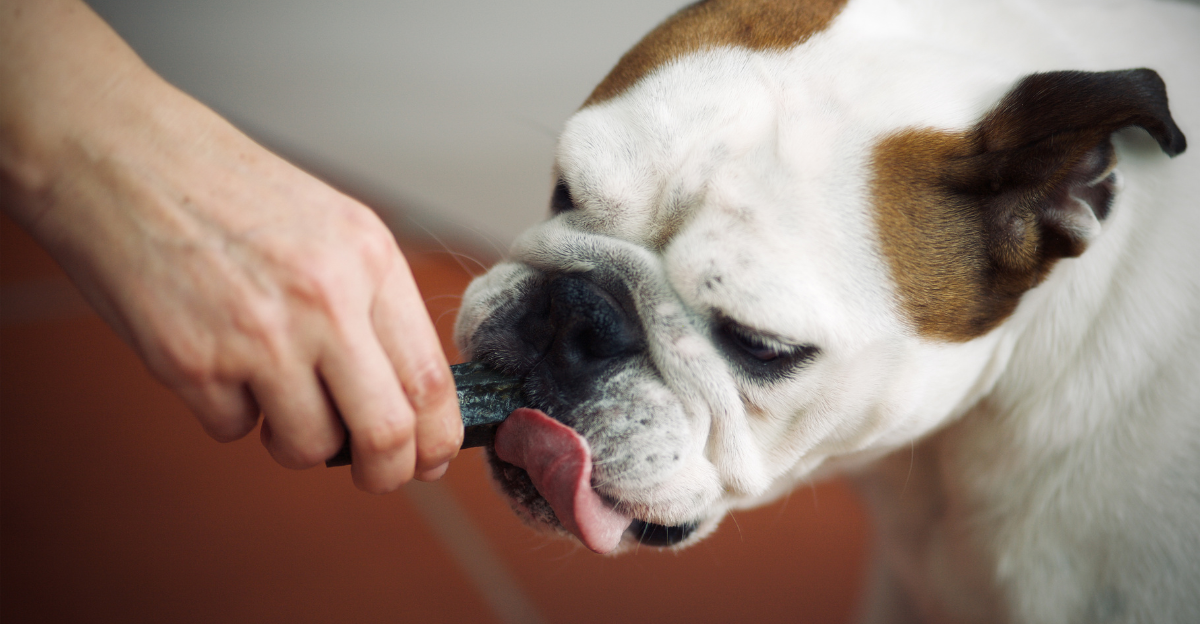
Introducing an outdoor dog to life inside shouldn’t be rushed. Begin with short, supervised visits indoors, keeping them on a leash for control and comfort. Start with a few minutes at a time and gradually increase sessions based on your dog’s reactions. Always reward calm behavior with treats and praise.
Exercise your dog beforehand to help them settle more easily. These low-pressure introductions teach your dog that indoor life is safe and rewarding. With patience and consistency, these mini sessions build trust and confidence, making the full transition feel less overwhelming and more manageable.
4. Stick to a Steady Routine for Faster Adjustment
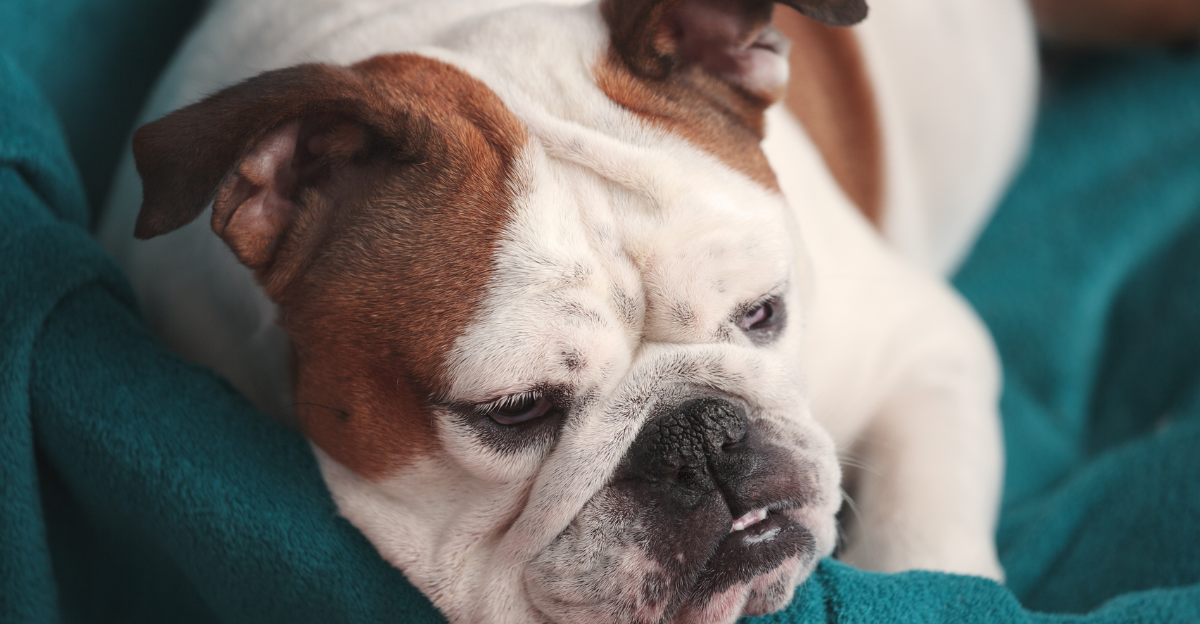
Dogs thrive when life is predictable, especially during major changes. Creating a consistent schedule for feeding, walks, indoor time, and rest helps your dog feel secure. Regular bathroom breaks—especially in the morning, after meals, and before bed—reinforce house training. Dogs operate on circadian rhythms affected by daylight and habit, so routine helps regulate their internal clocks.
Over time, this structure reduces stress and confusion, making it easier for your dog to learn expectations. By syncing with your dog’s natural rhythms, you create an environment where learning and comfort come more easily during the indoor adjustment process.
5. Keep Them Moving: Exercise Is Still Essential Indoors
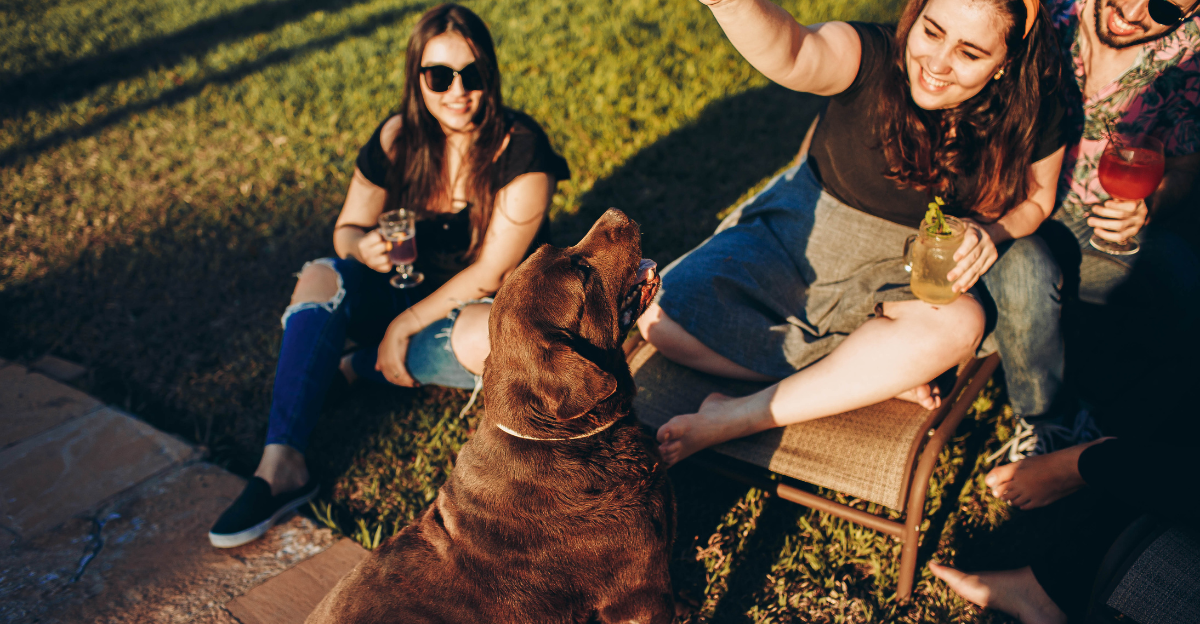
Even with new indoor routines, your dog still needs plenty of physical activity. Outdoor dogs are used to having space and movement, and without exercise, they may become restless or destructive indoors. Schedule daily walks, play sessions, or training games before bringing them inside to help burn off energy. This makes them more relaxed and focused during indoor time.
Different breeds have different energy needs—working breeds may require vigorous activity, while others need less. Matching your dog’s specific exercise requirements improves behavior and makes the transition into a quieter, indoor lifestyle much smoother.
6. House Training Takes Time—Stay Consistent and Positive
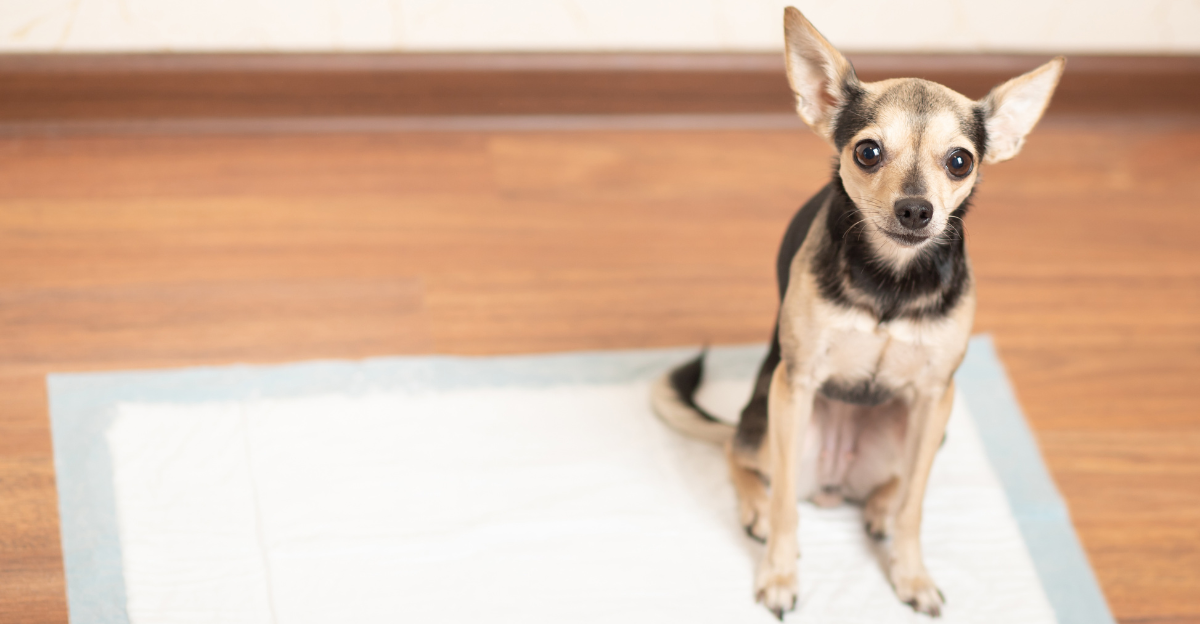
Outdoor dogs often have no concept of indoor bathroom rules. Establish a regular schedule with outdoor potty breaks after waking, meals, and before bedtime. Reward outdoor successes immediately with treats and praise to reinforce good habits. Indoors, keeping your dog leashed and within view can prevent accidents.
Pee pads may help during early stages but should be phased out gradually. Avoid scolding for accidents, as punishment can create fear and confusion. With patience and repetition, most dogs—regardless of age—can develop strong house training skills in a matter of weeks, especially when encouraged through positive reinforcement.
7. Use Positive Methods: A Humane Approach to Behavior
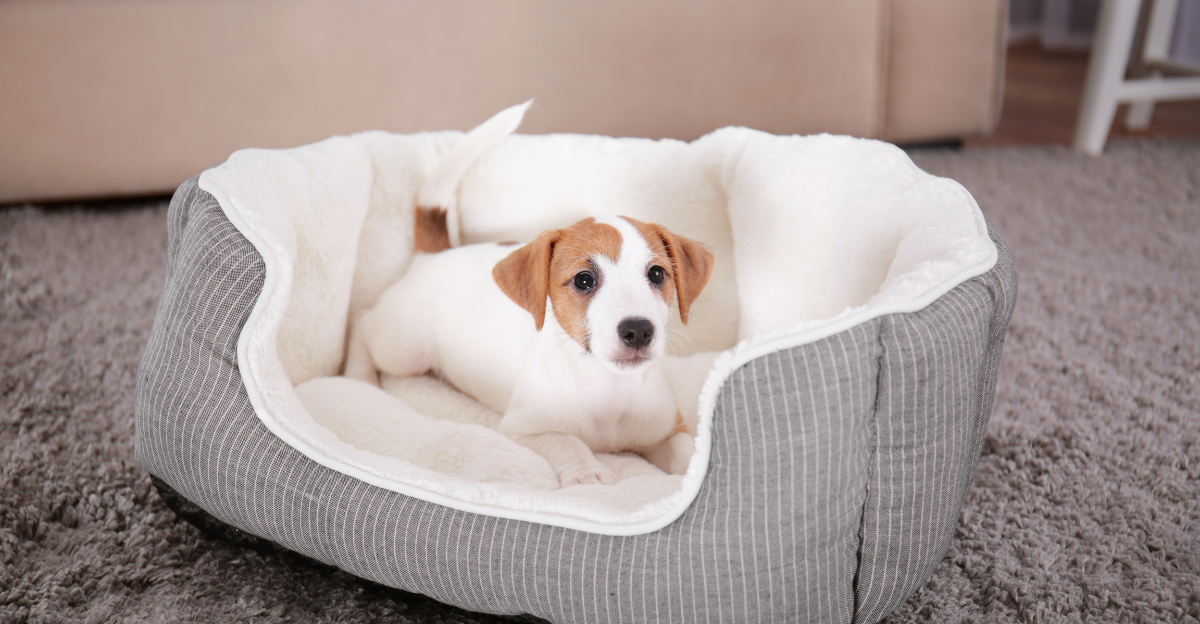
Outdoor dogs may carry over behaviors that don’t fit indoor life. Using Dr. Susan Friedman’s Humane Hierarchy, begin by meeting your dog’s basic needs: exercise, nutrition, and medical care. Then, adjust the environment to prevent unwanted behaviors. Reward calm, desirable actions like relaxing or playing appropriately.
For problem behaviors, teach alternative responses—redirect chewing from furniture to toys, for example. This science-backed method avoids punishment and focuses on kindness and effectiveness. It’s especially useful for dogs already facing the stress of change. Positive reinforcement builds trust and encourages better behavior without increasing fear or anxiety.
8. Do a Health Check Before the Big Move Indoors
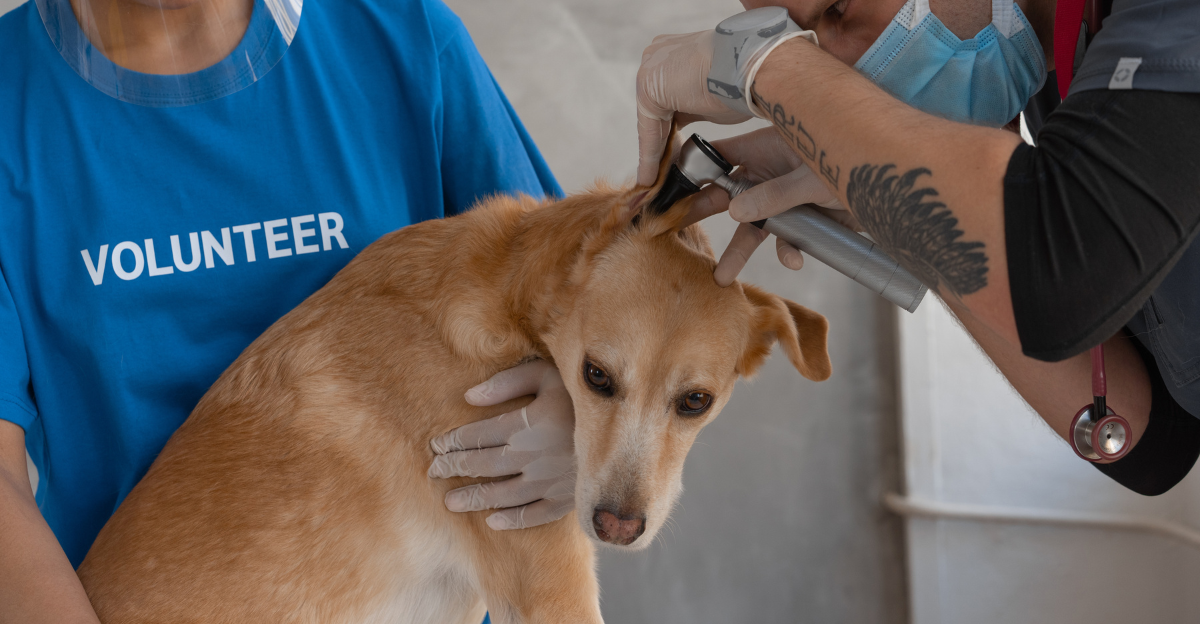
Before bringing your outdoor dog inside, make sure they’re medically ready. A full veterinary checkup can catch issues like parasites, respiratory infections, or untreated injuries common in outdoor dogs. Update all vaccinations, especially if their previous care was minimal.
Some chronic conditions—like arthritis or allergies—may go unnoticed outdoors but become more obvious indoors. You’ll also need to “dog-proof” your home by removing toxic plants, locking away medications, and keeping choking hazards out of reach.
Addressing health concerns proactively ensures your dog’s transition isn’t interrupted by illness, and it creates a safer indoor environment for everyone involved.
9. Understand Their Stress Signals—Then Adjust Accordingly
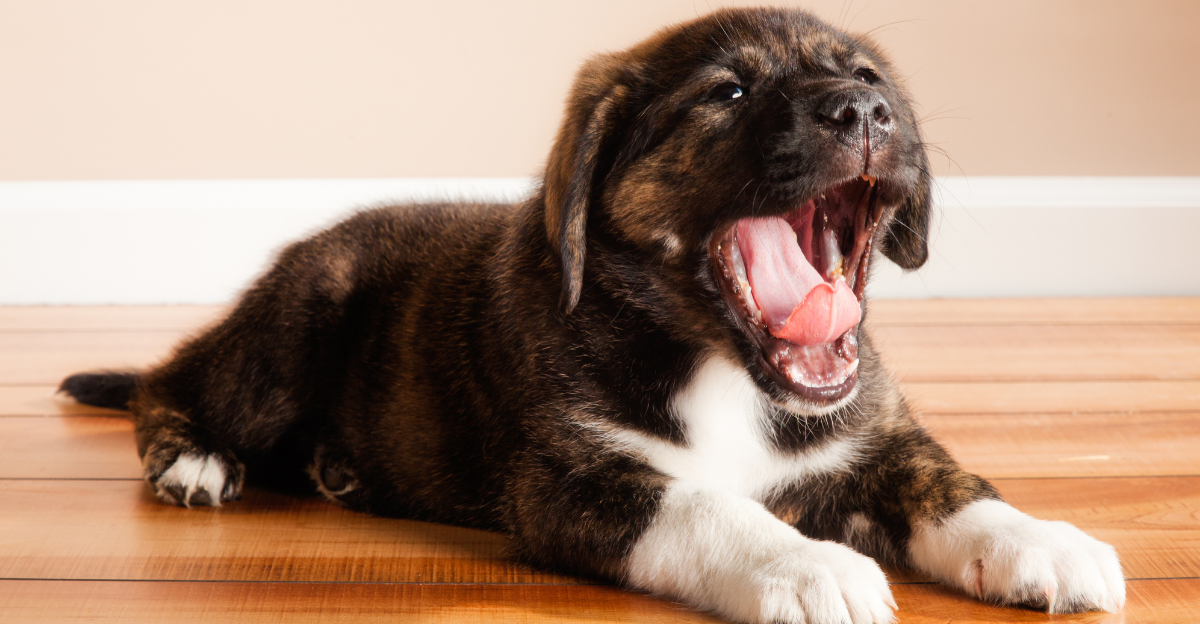
Transitioning indoors will likely cause stress, even in well-adjusted dogs. Watch for signs like panting, pacing, yawning, or excessive barking—these indicate anxiety. Research shows long-term shelter dogs often exhibit similar behaviors under stress. If you notice these signs, slow down the process. Go back to shorter visits or reintroduce safe zones.
Offer high-value treats, soothing toys, or calming aids like pheromone diffusers or snug garments. Supporting your dog through these stressful moments prevents setbacks and helps them gain confidence. Recognizing stress early allows you to respond with care, ensuring a smoother, more compassionate transition into indoor life.
Explore more of our trending stories and hit Follow to keep them coming to your feed!

Don’t miss out on more stories like this! Hit the Follow button at the top of this article to stay updated with the latest news. Share your thoughts in the comments—we’d love to hear from you!







